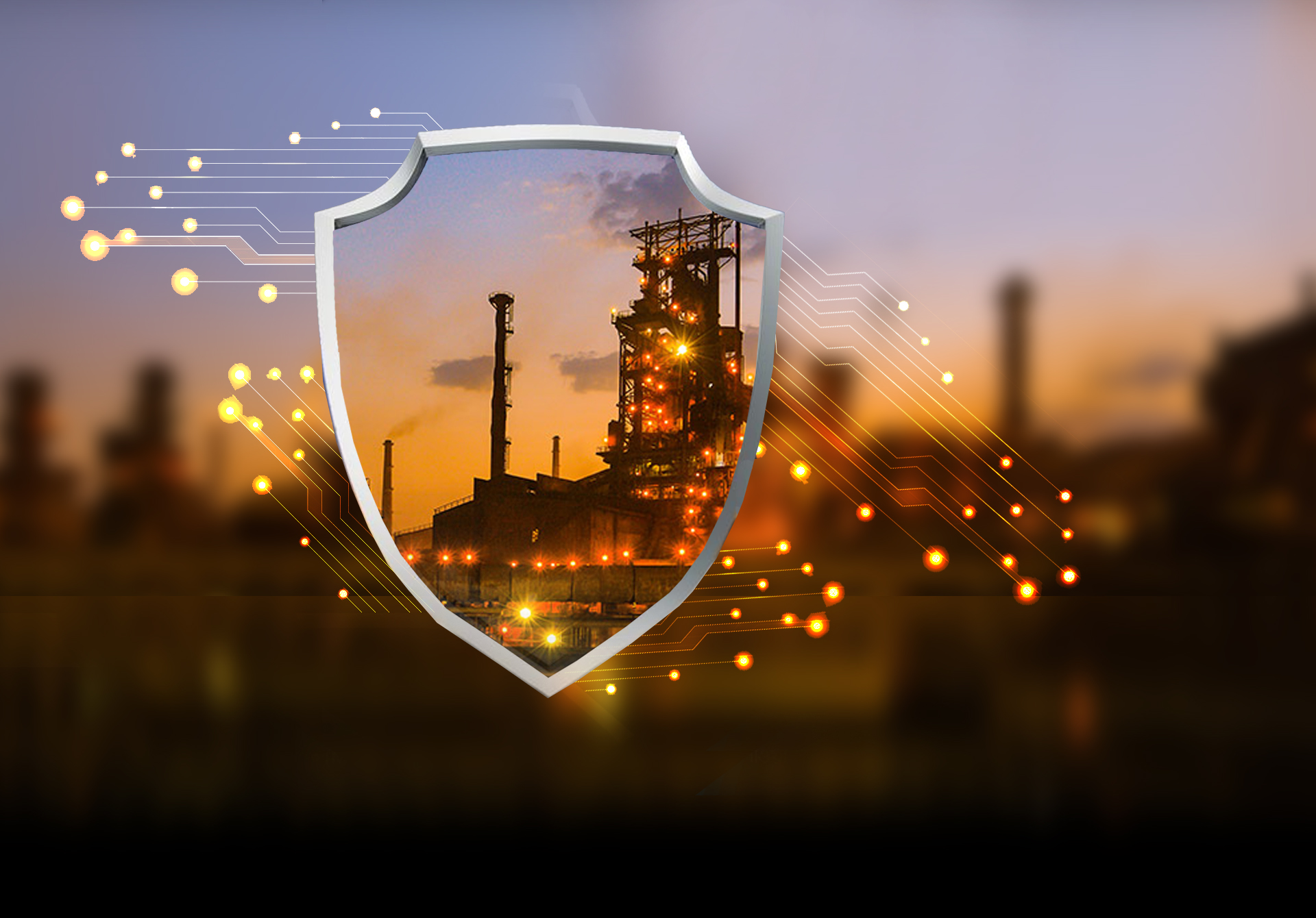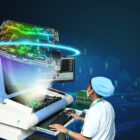Circuit protection components are essential components that protect electrical circuits from damage due to overcurrent, overvoltage, and other harmful electrical events. In safety-critical applications, such as those found in the medical, automotive, and aerospace industries, the role of circuit protection components becomes even more critical.
- One of the most important functions of circuit protection components is toprevent catastrophic failures that can lead to injury or loss of life. For example, in a medical device such as an implantable defibrillator, failure to deliver an electric shock due to a malfunctioning circuit can have fatal consequences. Similarly, in an automotive application, a short circuit can cause a fire or other serious accidents.
- Another important role of circuit protection components insafety-critical applications is to ensure the reliable operation of electronic systems. In aerospace applications, for example, electronic systems must be able to withstand the harsh environments of space, including radiation and extreme temperatures. Circuit protection components such as surge protectors and EMI filters can help to mitigate these effects and ensure the reliability of the system.
- Circuit protection components can also play a key role in meeting regulatory requirements for safety-critical applications. For example, in the medical industry, medical devices must comply with strict regulations and standards, such as IEC 60601-1, which specifies requirements for the safety and performance of medical electrical equipment. Circuit protection components can help to ensure compliance with these standards by providing protection against electrical events that can lead to injury or death.
- In addition to providing protection against electrical events, circuit protection components can also help to improve the overall performance of electronic systems. For example, voltage regulators and transient voltage suppressors can help to stabilize voltage levels and prevent voltage spikes that can cause damage to electronic components.
When selecting circuit protection components for safety-critical applications, it is important to consider a number of factors, including the specific requirements of the application, the regulatory standards that must be met, and the performance characteristics of the components themselves.
It is also important to work with a supplier who has experience in supplying components for safety-critical applications and who can provide technical support and advice throughout the design process.
Another important consideration when selecting circuit protection components for safety-critical applications is the ability of these components to handle high power levels. In applications such as high-power motor control or power distribution systems, components such as fuses and circuit breakers must be able to handle high current levels without failing or causing damage to the system.
Furthermore, the reliability and longevity of circuit protection components are also critical factors to consider in safety-critical applications. Components that are prone to failure or have a limited lifespan can compromise the safety and performance of the system. Therefore, it is important to select components from reputable suppliers that have a proven track record of providing reliable and durable components.
Lastly, it is essential to ensure that circuit protection components are properly installed and integrated into the overall system design. Improper installation or integration can prove fatal as it can lead to malfunctioning components, which can compromise the safety and performance of the system.
In summary, Circuit protection components play a crucial role in ensuring the safety and reliability of electronic systems in a wide range of safety-critical applications, such as medical devices, transportation systems, and industrial equipment. These components protect the system against electrical events such as overcurrent, overvoltage, and short circuits, which can cause serious damage or even endanger human life. To ensure the proper functioning of these components, buyers must carefully consider factors such as the type of protection needed, the maximum current and voltage ratings, and the environmental conditions in which the components will operate. In addition, selecting components from reputable manufacturers who comply with industry standards and regulations is critical to ensure the safety and reliability of the system. By selecting circuit protection components with these factors in mind, buyers can ensure that their electronic systems will perform reliably and safely in even the most critical applications.





